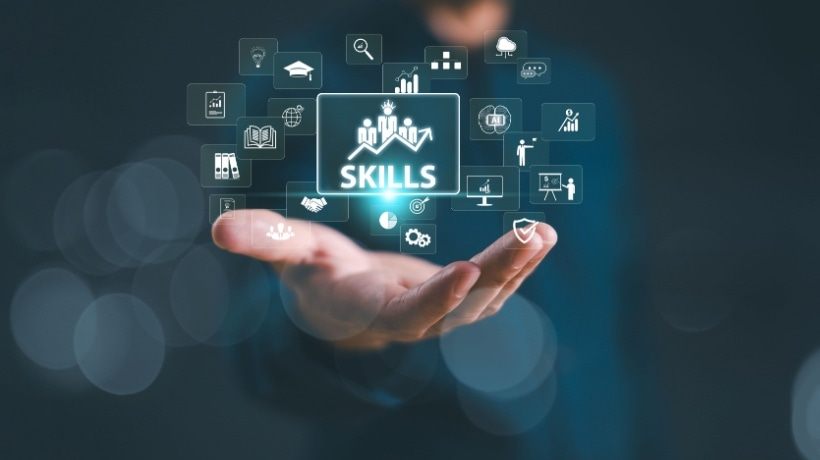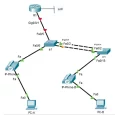
Artificial intelligence (AI) is reshaping how organizations approach employee training. Companies are rapidly adopting AI-powered platforms for their efficiency, scalability, and ability to deliver consistent learning experiences across large workforces. These systems can train thousands of employees simultaneously, create personalized learning paths, and provide instant analytics on engagement and knowledge retention.
But here’s the critical question: while AI excels at delivering technical and procedural knowledge, can it truly replace the human element needed for soft skills training?
Organizations that rely solely on AI-driven training risk developing workforces with underdeveloped interpersonal, leadership, and communication skills—precisely the capabilities that distinguish high-performing teams in competitive markets.
There is no “either/or” choice between human instruction and technology when it comes to modern employee training. Instead, it’s an integrated model where AI handles the data-driven aspects of training. Human-centered approaches, on the other hand, focus on developing the essential, nuanced soft skills needed for professional success. So, let’s explore how organizations can strategically combine both approaches to maximize training effectiveness and build truly capable, confident teams.
The Rise of AI-Powered Training for Employees AI has transformed corporate learning and development through several key advantages that make it attractive to organizations seeking efficient training solutions.
Scalability & Efficiency: These represent perhaps the most compelling benefits. AI platforms can simultaneously train thousands of employees without increasing delivery costs, making them ideal for large organizations or companies experiencing rapid growth. This scalability ensures consistent messaging and standardized learning experiences across different departments and locations.
Personalized Learning Paths: This advantage showcases AI’s analytical capabilities, as it can analyze individual performance data, identify knowledge gaps, and create customized curricula tailored to each employee’s needs. This personalization proves particularly effective for hard skills development, such as coding, product knowledge, and compliance training, where measurable competencies can be tracked and improved systematically.
Data-Driven Insight: This provides managers with immediate visibility into training effectiveness. AI platforms generate detailed analytics on engagement rates, completion times, knowledge retention, and performance improvements, enabling data-informed decisions about training investments and curriculum adjustments.
Nevertheless, AI training systems face significant limitations when addressing complex human interactions. While they excel at information delivery and assessment, they cannot understand or respond to the subtle emotional and social dynamics that characterize effective workplace communication, leadership, and collaboration.
The Soft Skills Gap: Why AI Training Alone Is Insufficient
Soft skills training requires fundamentally different approaches than technical skill development. Real-time interaction, observation, and emotional feedback—elements that current AI technology cannot authentically replicate—learn skills like empathy, leadership, and communication. The human element proves essential for several reasons. Soft skills involve complex emotional intelligence, situational awareness, and interpersonal dynamics that require genuine human connection to develop effectively. Unlike hard skills, which can be broken down into discrete, measurable components, soft skills emerge through practice, reflection, and personalized coaching.
Consider the core soft skills and AI’s current shortcomings:
Empathy & Emotional Intelligence
These skills cannot be genuinely taught through algorithms. While AI can provide frameworks for understanding emotions, it is unable to demonstrate genuine empathy or provide feedback that is emotionally intelligent in complex social situations. Real emotional intelligence develops through human interaction, where individuals learn to read non-verbal cues, understand cultural contexts, and respond appropriately to diverse emotional states.
Communication & Collaboration
These require a nuanced understanding of group dynamics, conflict resolution, and real-time adaptation to changing conversational contexts. AI simulations cannot replicate the subtle non-verbal communication, unexpected interpersonal challenges, or the trust-building necessary for effective teamwork.
Leadership & Mentorship
Leadership and mentorship emerge through vulnerability, trust, and one-on-one relationships that are entirely human experiences. True leadership development requires observing role models, receiving personalized feedback, and practicing decision-making in high-stakes situations where human judgment and emotional support prove crucial.
AI vs. Human-Led Training for Soft Skills Development
When looking at specific approaches to skill development, the difference between AI-led training and human-led training becomes especially clear. While AI can provide theoretical frameworks and interactive exercises, human-led training offers real-life practice, scenario simulations, peer feedback, and personalized coaching that are critical for mastery.




